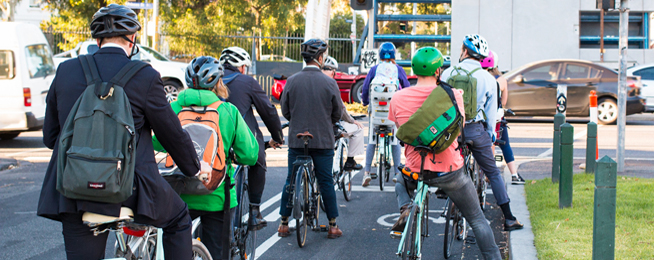Australians may be living longer, but many of us still need to work on the lifestyle factors that impact our quality of life, according to the latest report from the Australian Institute of Health and Welfare (AIHW).
The biennial report card Australia’s Health 2018 launched today, shows that Australia is in the top third of OECD countries when it comes to life expectancy, with fewer of us smoking or putting ourselves at risk from long-term alcohol use.
However, it was also reported that one in two Australians suffer from a common, chronic health condition, such as diabetes, heart disease, mental illness or cancer.
Alarmingly, almost one in four Australians have two or more of these conditions.
At the same time, Australians do not exercise enough, with 92 per cent of teenagers not doing the recommended amount for their age.
The chair of the Chronic Disease Prevention Alliance, Professor Sanchia Aranda told ABC Online that a high proportion of conditions were caused by high body mass, poor diet and physical inactivity.
"As our Australian population ages, the number of us living with chronic disease is expected to balloon," she said.
The good news is that many of these conditions can be prevented through exercise and the easy solution is to get more people moving around by bike.
Riding a bike for transport and recreation is one of the cheapest, easiest and most efficient ways to build exercise into your daily life.
A recent landmark study found that people who regularly rode a bike to work had a 52% lower risk of dying from heart disease and a 40% lower risk of dying from cancer. They also had 46% lower risk of developing heart disease and a 45% lower risk of developing cancer at all.
Currently, just under four million Australians ride bike for transport or recreation each week.
However, more than eight million people only ride a bike once a year. These people want to ride more but don’t because they’re concerned.
To make it easier for everyone to ride, we need governments at all levels to commit to funding bike infrastructure that separates riders from vehicles and to deliver on their bike promises.
Just as important is the funding of programs like Ride2School that make bike riding a social norm for and build a lifetime of healthy habits for our young people.
Many Australian governments are dedicating less than 2% of their transport budget to active travel - well below the UN's recommended level of 20%.
With the right investment and leadership, our transport system can become our most efficient and cost-effective preventative health tool.


